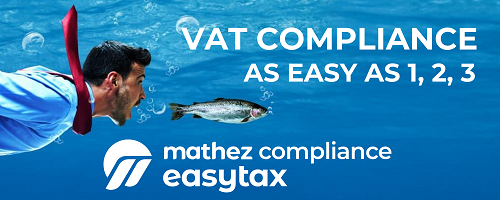- CBAM is a legislative measure under the EU’s European Green Deal to reduce greenhouse gas emissions.
- It targets imports of carbon-intensive products and complements the EU’s Emissions Trading System.
- CBAM aims to prevent carbon leakage by filling in the gaps of the EU ETS.
- It covers six types of goods, including iron and steel, aluminum, fertilizer, cement, electricity, and hydrogen.
- The implementation timeline of CBAM includes a transitional period, definitive period, and fully effective period.
- During the transitional period, parties must prepare to collect and measure data on embedded emissions.
- In the definitive period, only authorized CBAM declarants can import goods into the EU and CBAM Certificates must be purchased and surrendered.
- The reporting of embedded emissions must be made on an annual basis and verified by an accredited verifier.
- CBAM will become fully effective from 2034 onwards.
Source: globalcompliancenews.com
Note that this post was (partially) written with the help of AI. It is always useful to review the original source material, and where needed to obtain (local) advice from a specialist.















